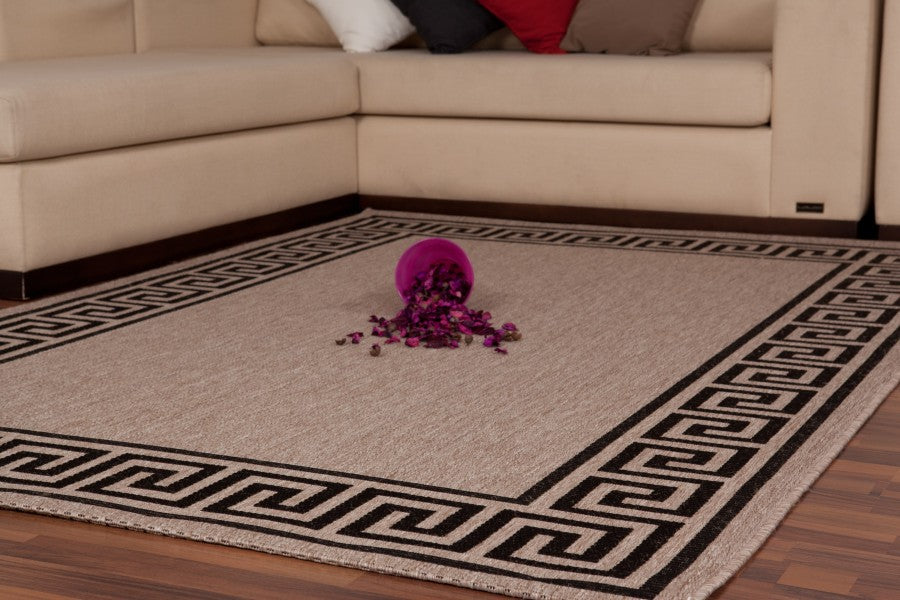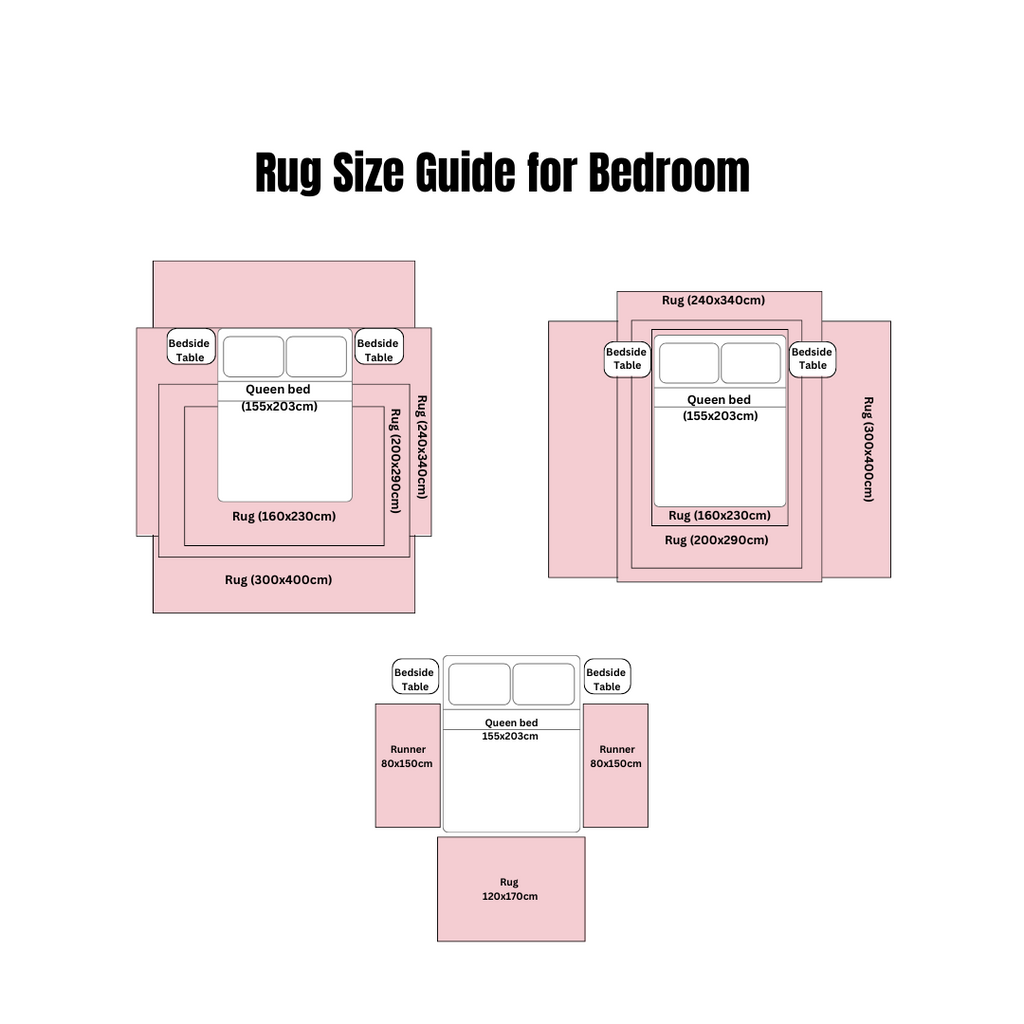What Rugs are Good for Allergies? Your Guide on Allergy-Friendly Rugs for Your Home

When it comes to decorating your home, choosing the right rug is not just about finding a style that complements your space. For those with allergies, it's crucial to select a rug that won't exacerbate symptoms. Allergy-friendly rugs can significantly improve the living environment for people sensitive to dust, mites, and other allergens. In this comprehensive guide, we'll explore the best options for allergy-friendly rugs, ensuring your home is both stylish and conducive to your health.

Understanding Allergies and Rugs
The question of whether rugs are bad for allergies is common among homeowners. Rugs can harbor allergens like dust mites, pet dander, and pollen, which are problematic for people with allergies. However, not all rugs are created equal in this regard. The key is to choose materials and weaves that minimize the accumulation of allergens.
The relationship between rugs and allergies is often viewed through a lens of caution, with many believing that rugs are inherently bad for those with allergies. However, this perspective overlooks the significant benefits and joys that rugs bring to our homes, not to mention the advancements in materials and maintenance practices that have made rugs much more allergy-friendly than ever before. With the right choices and care, rugs can indeed be a delightful addition to any home, even for allergy sufferers.
Allergy-Friendly Rug Materials
When searching for allergy-friendly rugs, materials matter. Synthetic fibers, such as nylon and polyester, are inherently hypoallergenic. They repel allergens and are easier to clean, reducing the buildup of dust and mites. On the other hand, natural fibers like wool, often touted for their durability and eco-friendliness, can also be hypoallergenic. Wool has natural properties that resist dust mites, mold, and mildew. However, it's essential to ensure that the wool is untreated and not coated with harmful chemicals that could trigger allergies.

Are Area Rugs Bad for Allergies?
Area rugs can be both a blessing and a curse for allergy sufferers. Large rugs can act as a filter, trapping allergens away from the breathing zone. Yet, if not properly maintained, they can source of allergens. Opting for allergy-friendly area rugs made from hypoallergenic materials and ensuring regular cleaning can turn them into a beneficial feature of your home. Adequate maintainence of your rug can greatly reduce allergens while also prolonging the longevity of your rug.
What are hypoallergenic rugs, and which rugs are hypoallergenic? Hypoallergenic rugs are designed to minimize the risk of allergic reactions. They are often made from synthetic materials or untreated natural fibers and have a tight weave to prevent allergens from settling. When shopping for hypoallergenic rugs, look for options that are easy to clean, have a low pile, and are made from materials like polypropylene, nylon, or untreated wool.
Allergy Safe Rugs: Maintenance Tips
- Regular Vacuuming with a HEPA Filter Vacuum: The cornerstone of maintaining an allergy-safe rug is regular vacuuming. Using a vacuum equipped with a HEPA (High-Efficiency Particulate Air) filter is particularly effective. HEPA filters can trap 99.97% of particles that are 0.3 microns or larger in size, including pollen, dust mites, and pet dander, which are common allergens found in homes. For the best results, vacuum at least twice a week, and for high-traffic areas, consider vacuuming daily.
- Deep Cleaning with a Steam Cleaner: For a deeper clean, a steam cleaner can be a game-changer. Steam cleaning uses hot water vapor to penetrate rug fibers, effectively killing dust mites and removing allergens without the need for harsh chemicals. This method not only cleans the surface but also eliminates allergens embedded deep within the rug. Aim to steam clean your rugs every six months, or more frequently if you have pets or if the rug is in a high-traffic area
- Managing Home Humidity Levels: Maintaining low humidity levels in your home is essential for preventing the growth of mold and mildew, which can thrive in rugs under damp conditions. Use a dehumidifier to keep the indoor humidity level between 30% and 50%. This range helps to inhibit mold growth without making the air uncomfortably dry. Additionally, ensure good ventilation throughout your home, especially in areas like the kitchen and bathroom, where moisture levels tend to be higher.
Where to Find Allergy-Friendly Rugs
For those looking to purchase allergy-friendly rugs, Adore Rugs offers a wide selection of options that cater to allergy sufferers. Their range includes synthetic and natural fiber rugs designed with allergy sufferers in mind, ensuring you don't have to compromise on style for health.
Choosing the right rug for your home when you have allergies doesn't have to be a daunting task. By opting for allergy-friendly materials, maintaining proper rug hygiene, and selecting rugs that complement your living space, you can create a comfortable and stylish home environment. Remember, the goal is to find a rug that suits your aesthetic preferences while also being kind to your health. With the right approach, you can enjoy the beauty and comfort of rugs without worrying about allergies.



